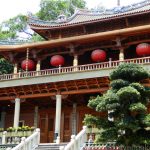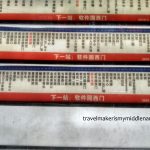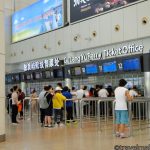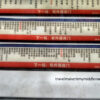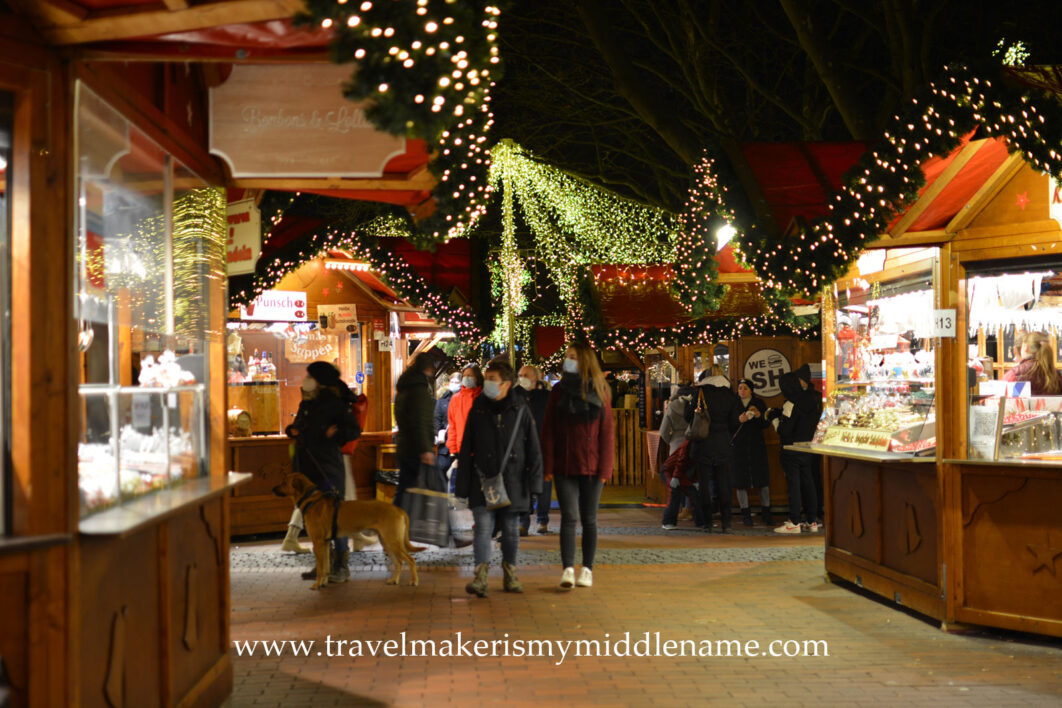Last Updated on: 29th April 2024, 10:24 pm
It’s spring in the northern hemisphere again, and in China, it means Spring Tea time. The annual Xiamen Tea Fair Spring Edition is being held again in Xiamen, Fujian Province, China from May 10th to May 13th 2024. Learn why this free event is a perfect opportunity for a unique holiday for tea lovers.
If you didn’t know already, China is the world’s biggest tea producer, and it’s not surprising, since they invented this delicious beverage.
China has many provinces, and Fujian province is one of them. Fujian is a major tea-producing province in China, and the ideal place to get tea. Xiamen is an island city in Fujian province, located less than 250 km in a straight line from Taiwan island (you can even get a ferry there) and has a similar sunny and warm, tropical climate. As a result, Xiamen is one of China’s top domestic sunny holiday destinations. This year, from May 1th to May 13th, the Spring Xiamen Tea Fair is being held again at the Xiamen International Conference & Exhibition Center (福建省厦门市思明区会展路198号厦门国际会展中心). Be sure to register beforehand, details at the bottom of this page.
Why you should go to the Xiamen Tea Fair
There are various tea fairs in China, and Xiamen holds two every year, one in spring and one in autumn for each harvest. The tea fair is held in the Xiamen Exhibition and Convention Center and consists of practically everything one can remotely relate to tea: exquisite Chinese tea cups, traditional tea decorations, paper, tea kettles (electric, glass, clay or bronze), even tea house clothing, pastries and more, everything a tea fanatic might want. The exhibition actually contains the “tea packaging fair” in one venue, so visitors can expect beautiful papers and packaging for teas. Best of all, it is free to enter.
Above all, visitors can experience real loose leaf Chinese tea and tea culture, and also get an opportunity to go sightseeing.
Real Teas – A quick lesson
The ‘types of tea’ you hear about, green, red, black and white tea, are actually the methods of processing the tea leaves went through. In Chinese tea, black tea is fully fermented and one example is Pu Er tea. Red tea is partly fermented and includes Wu Long tea (“oolong”). White tea is actually very mildly fermented whereas green tea is not fermented at all.
Then, for each type of fermentation, there are various types as well. Long Jing or Dragon Well, is a roasted green tea. This is why you will never be able to go to a restaurant or cafe in China and ask for “green tea” – this is the same as going to an alcohol bar and telling the bartender you want “alcohol” without specifying which type.
The same ‘type’ of tea will also taste different depending on where it is produced and the season it was grown or picked in. This is why they have a spring and autumn season, and why some people collect tea. This is also why there are thousands and thousands of types of tea since each region can produce their own Pu Er tea or Long Jing tea. For example, Xi Hu (West Lake) Long Jing (“West Lake Dragon Well) tea is Dragon Well tea specifically from Hang Zhou in Zhejiang, Dragon Well tea from other regions cannot be called Xi Hu/West Lake. Also, each local area might produce their own tea that is not sold outside of their area, for example the red tea produced in the Tulou villages in Fujian is unique to that area and you will not get the same taste in other red teas elsewhere, and that East Lake Dragon Well is different to other types of Dragon Well. This is why a true tea connoisseur will go to the individual farms to sample the teas there.
It goes without saying that tea in bubble tea shops are not traditional, and in many cases, the natural fragrance of the teas is abolished by the addition of fruit flavouring and sugar, artificial or not. If you want to experience real tea, you should come to the Xiamen Tea Fair.
What to expect at the Xiamen Tea Fair
Tea exhibits
The first thing to expect at a tea fair is obviously tea. Here is a small selection of loose leaf teas from my last visit in 2019:
The teas come from all areas of China, and even international vendors from Sri Lanka.
Visitors are invited by the stall holders to sit and sample the teas, often in adorable small sampling cups. The store holder may brew a small pot of tea and pour them for the visitors in smaller cups. In China, tea is not just a beverage to be drunk and gulped down, but a past time. smelling aromas, sipping and tasting the teas and admiring the leaves and cups.
Tea ware and Chinese furniture
If you love tea wares, there are HEAPS of them at the Xiamen Tea Fare. Ceramic, pure silver, gold electroplated, glass, bamboo, copper, large, small, REALLY small, they have them all.






There were also tea house furniture, decoration and design exhibits.







There were also tea pastries:

Sampling Tea the Chinese way
At the tea fair, stall holders invite visitors to try their tea. The stall holder will brew the tea by steeping whole leaves for a few seconds with hot water in a large cup with a lid, called a “gai wan” 盖碗, literally, “lid bowl”. Then, the tea water is strained with the lid and poured out into individual drinker’s cups. Some times, the tea or leaves are put in a long and narrow cup, specifically used to smell the fragrance with. The whole leaves are re-steeped when the first round is drunk; steeping tea for too long is unhealthy so Chinese tea experts never leave a cup of tea leaves full with water. This includes being kept in a thermos. The tea is then drunk from small cups. Though small, during tea sampling as a past time, the tea is drunk in small sips.
Food
To keep visitors on site so you don’t have to leave and come back, there is catering on site, although the food is basic and catered to Chinese tastes.
Chinese people love hot water, so like all public gathering places, there are hot water boilers. Either bring your own bottled water, or a thermos to collect hot water.
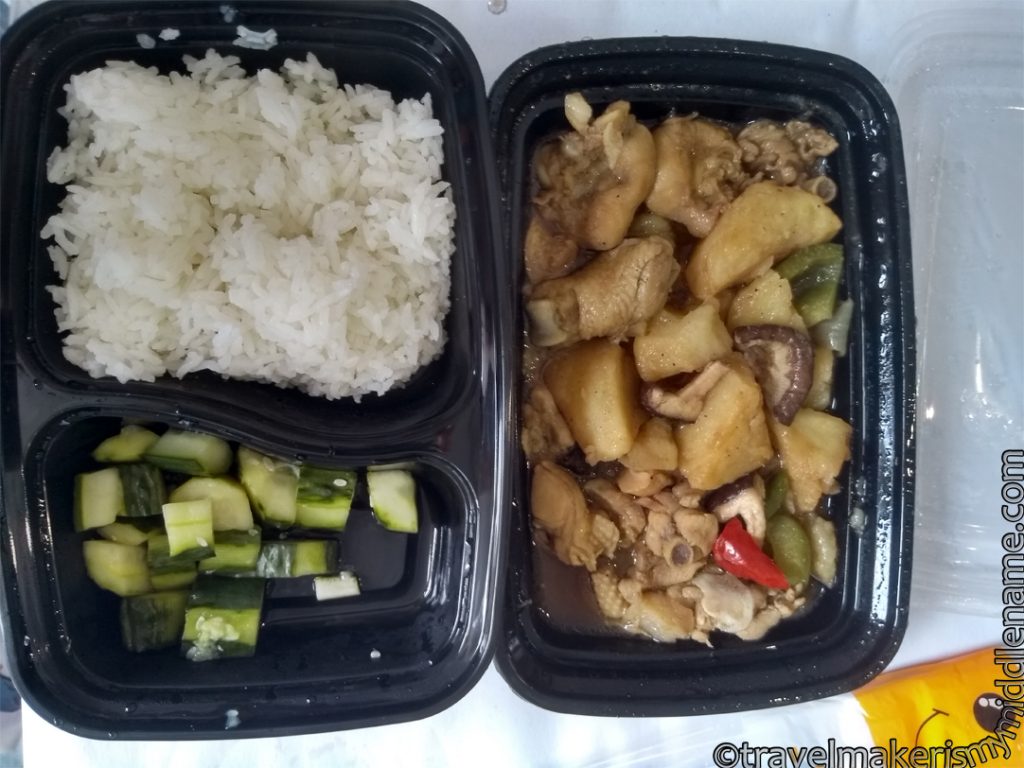
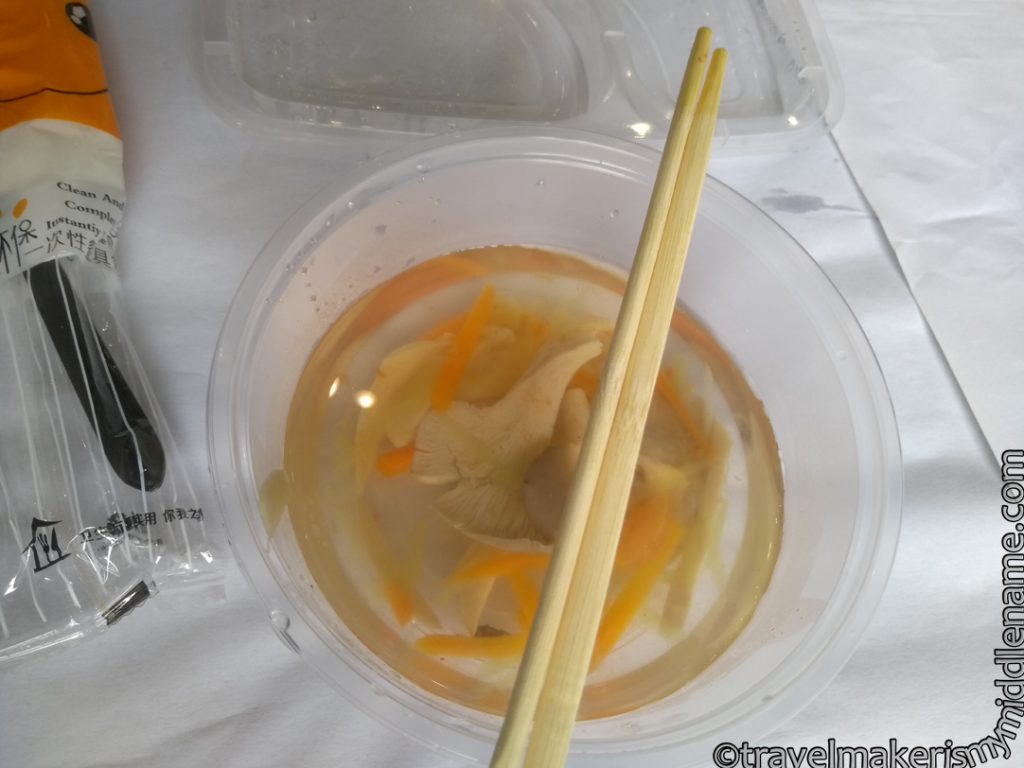
To encourage people to explore the whole exhibit, there is a game where you can collect stamps on the map you are given, which can then be redeemed for prizes such as a packet of tissue, shopping bag, document folder and a notebook.
Watch the video tour here.
Who should go to the Xiamen Tea Fair?
Xiamen is located within driving distance to tea farms in Fujian province, and has its own international airport and sea port, so is an accessible international destination and ideal place to source and export tea. Xiamen is also a holiday destination for domestic Chinese, but also for international visitors who want to visit the Tulou residences (round Chinese rural houses), which is a perfect day trip from Xiamen. Xiamen in spring is also a great time for fresh produce, making the Xiamen Tea Fair a fantastic bleisure (business + leisure rolled in one) destination. If you want to source real tea from China, and do some sightseeing while you’re at it, the Spring edition Xiamen Tea fair is for you.
Note that a lot of the things sold at the fair, and indeed the fair itself, is generally aimed at tea house and hotel/restaurant operators or businesses, so many of the things are sold in bulk and the stall holders may not speak English. If you really wanted a souvenir, there are definitely options, or, if you want to buy something in bulk, bring all your friends and share the purchase.
If you are a business looking to source real Chinese loose leaf tea, then you are in luck:the organisers provide free airport transfers for industry buyers and discounted hotel rates for those who register beforehand.
Where did I stay?
I stayed at the Somerset Software Hotel which had a bus stop that had buses (number 18 is great, about 10-15 minutes) that went to the A1-A3 hall main entrance and registration desk. There are multiple ‘halls’ and entrances and other buses might do what is essentially a detour around the building and take you to the other end near A8. There are multiple entries and yes, security checks all entries and scans all bags.
Free airport transfer!
During the fair, they provide free shuttle bus for early registrants, look out for the sign at arrivals, the staff won’t necessarily have a uniform, so just ask. Buses leave when full and arrive every half hour or so.
Official website:
https://spring.teafair.com.cn/ for the spring fair or https://www.teafair.com.cn/ for all tea seasons and other tea fairs in China.
Registration is free before 23:59 on May 09, 2024 (https://wap.teafair.com.cn/#/login set language to English top right corner).
Do you want help arranging a trip to China? Let me organise a custom holiday for you, send me a message with your enquiries here.
©All rights reserved for all content and photographs, usage on 3rd party sites are forbidden without permission. Photos are taken by author unless otherwise stated.




